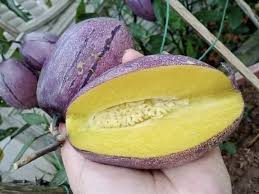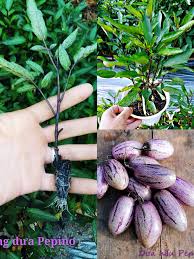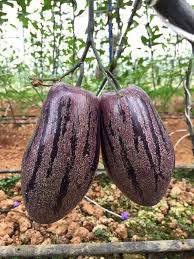Pepino, also known as pepino dulce or sweet cucumber, is a unique and flavorful fruit that hails from the Andean region of South America. With its mild, refreshing taste and juicy texture, pepino has been a beloved fruit in its native lands for centuries and is now gaining popularity in various parts of the world. Let’s take a journey into the fascinating world of pepino and explore the secrets behind its allure.

Distinctive Appearance: Pepino is a small, oval-shaped fruit with smooth, thin skin. Its color can range from pale yellow to light green, and it is adorned with purple or white streaks. The fruit’s appearance is reminiscent of a miniature watermelon, and its taste is often described as a cross between a cucumber and a cantaloupe.

Flavorful Delight: The most remarkable characteristic of pepino is its sweet and juicy taste. The flesh is succulent, tender, and subtly perfumed, making it a delightful treat on a hot summer day. Its unique flavor profile is a delightful surprise for those who have yet to savor this exotic fruit.

Nutritional Benefits: Pepino is not only a delicious fruit but also a nutritious one. It is low in calories and a good source of essential vitamins, including vitamin C, vitamin A, and potassium. It also contains dietary fiber, which aids in digestion and promotes a healthy gut.

Culinary Uses: Pepino’s versatility allows it to be enjoyed in various ways. It can be eaten fresh on its own or added to fruit salads to add a unique twist of flavor. It pairs well with other fruits and is often used in smoothies, desserts, and even savory dishes. Additionally, pepino can be used to make refreshing beverages, such as juices and cocktails.
Cultural Significance: In the Andean region, pepino holds cultural significance and has been a cherished fruit for generations. It is considered a symbol of hospitality and is often offered to guests as a sign of welcome and appreciation.
Global Spread: While pepino is native to South America, its delightful taste and health benefits have led to its cultivation in other regions with suitable climates. It is now grown in countries such as New Zealand, Australia, and certain parts of Europe, where it is appreciated for its unique flavor and nutritional value.